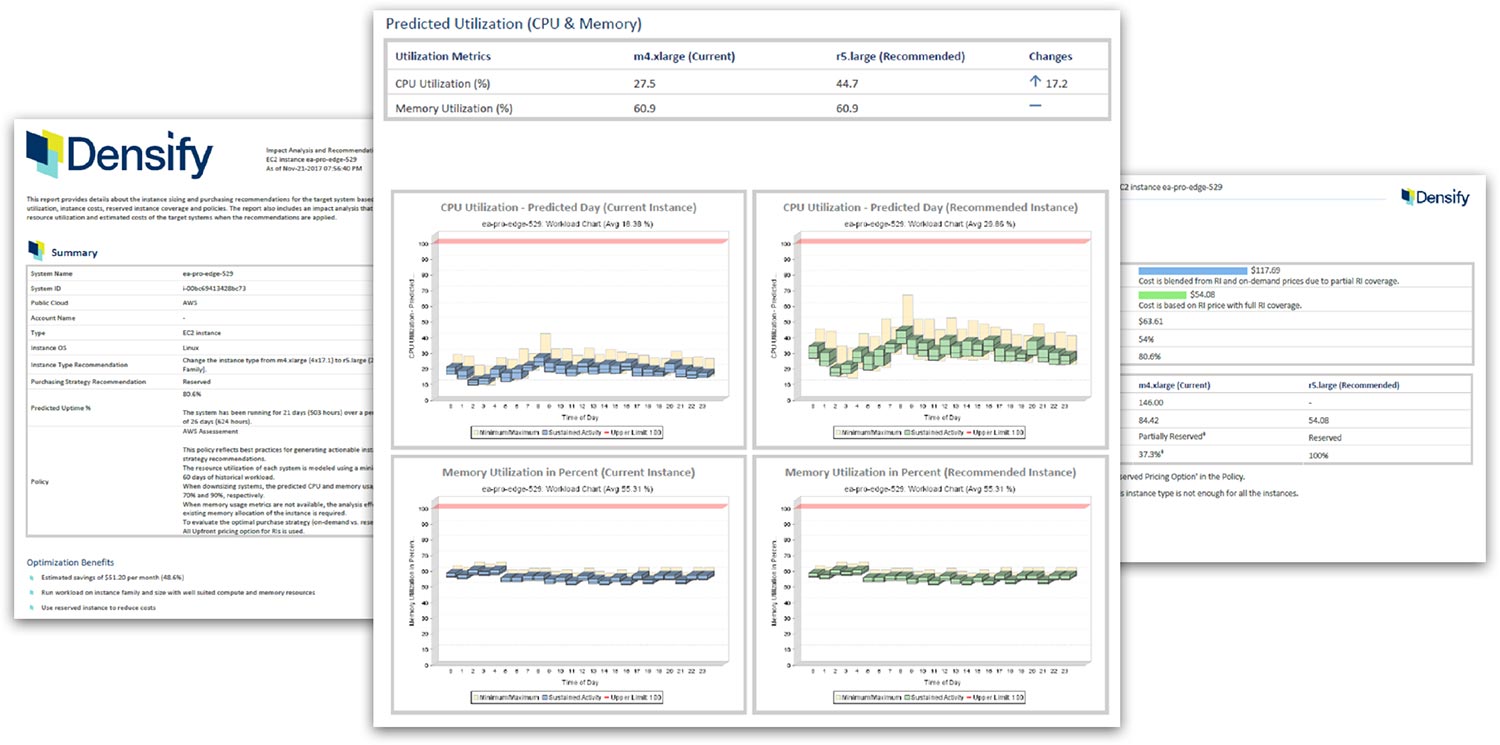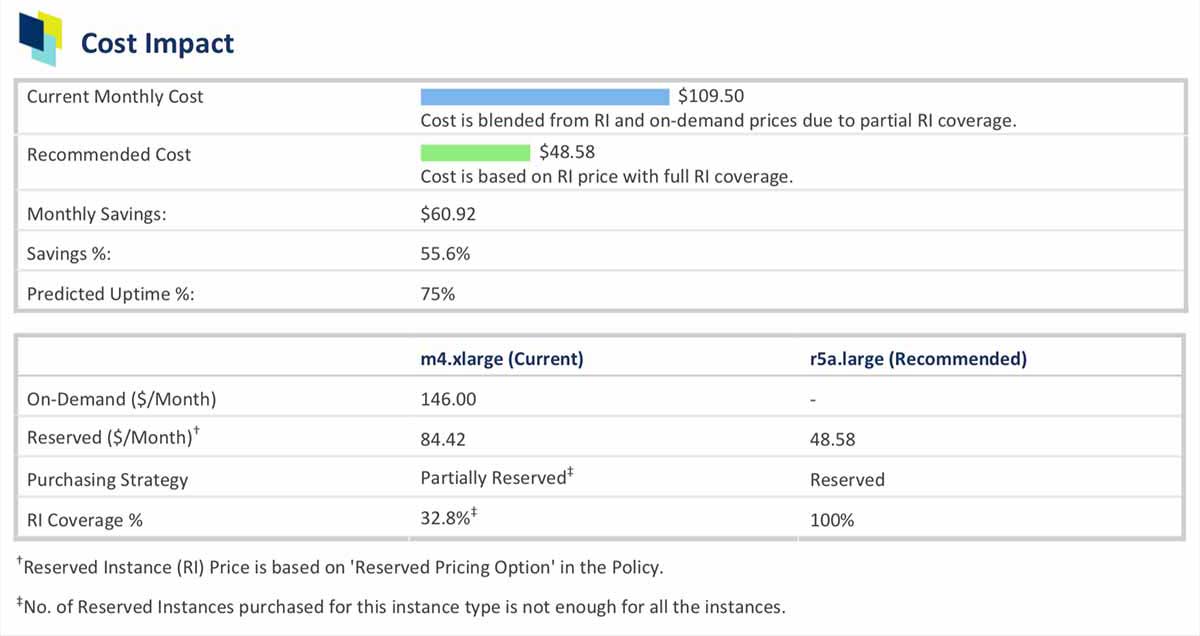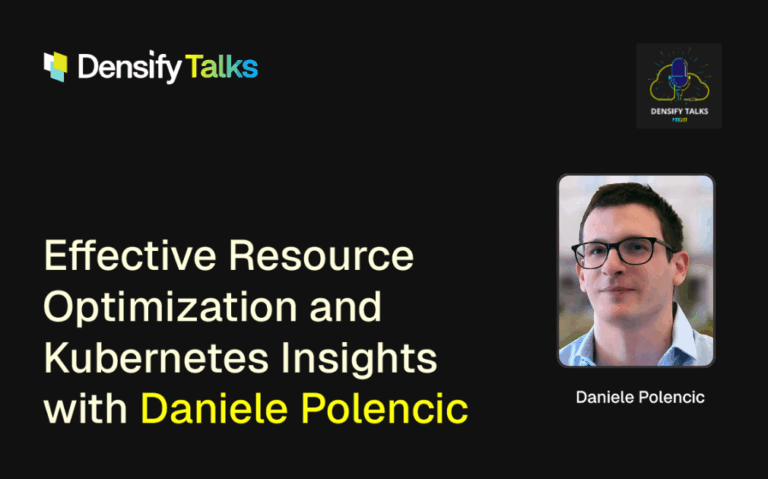Sick of the Tug of War Between Finance & App Owners?
As a cloud operations professional, you may find yourself stuck between a rock and a hard place when it comes to meeting the needs of application owners and finance teams.

App owners want one thing: to make sure their apps are always working and performing flawlessly regardless of cost. They are not willing to sacrifice a drop of performance or reliability to save money. But then the Finance team’s goal is to reduce spend, causing them to constantly pressure you to keep your cloud resources footprints in places like AWS, Microsoft Azure, or Google Cloud small and their costs down.
Your only way out is to figure out a way to give the app owners the application performance and reliability they demand, while keeping costs under control.
Open Your Eyes to A Whole New World of Cloud Zen through Machine Learning & Automation
Densify’s business is about helping people like you find that inner peace when it comes to satisfying your stakeholders—and to meet the demands of the app owners, Change Advisory Board, and finance. We address this challenge by delivering a wide range of automation in cloud resource management using machine learning technology that no human can replicate manually. It can reduce cloud infrastructure cost and improve performance and reliability by boosting efficiency for everything from CPU and memory to network I/O for each cloud instance. But, it’s difficult to convince app owners to trust and implement the optimization recommendations generated by a machine. How can you solve this problem?
Easy—that’s where Densify’s unique Impact Analysis and Recommendations Report comes in play. Designed specifically for app owners and your Change Advisory Board, this report includes the hard facts you need to show to persuade application owners to comply with your recommendations.

Essential Reporting Brings Your Key Stakeholders Together
To create this Impact Analysis and Recommendations Report, Densify’s machine learning technology builds a detailed model of what actual workloads look like over a typical 24-hour period. This model is based on a (configurable) analysis of 30, 60, 90 days or any predefined period of data from performance analysis and monitoring tools such as Amazon CloudWatch, Prometheus, and Splunk. It also takes into account policy information as well as all applicable thresholds and technical constraints on your apps.

Using all these data, the finished Impact Analysis and Recommendations Report provides detailed charts and graphs of sustained and peak activity levels for CPU, memory, and network I/O over a 24-hour period. It also compares actual figures to predicted utilization levels after the proposed changes have been implemented.

A separate section of the report rates the level of effort required to implement Densify’s recommendations. This gives cloud ops and the app owners an idea of the kind of work required to move a workload from one instance to another and implement the proposed optimization actions.

Finally, the report details the cost savings that come from better matching resource demand with supply—so your finance team is onboard.

This PDF report can be automatically attached to change tickets in ITSM systems like ServiceNow and Jira Service Desk, where application owners can see all the benefits and solid proof of Densify’s recommendations, improving confidence towards approving and implementing these actions.
A Win-Win for All
By giving app owners the Impact Analysis and Recommendations report, you create a win-win-win for all involved. App owners and your CAB can rest assured that they have the exact right resources to perform and scale to give their users and customers the best possible user experience. Finance saves money on cloud implementations to improve company profitability driving 40-80% reduction in spend. And you, as the cloud operations manager, become a hero and finding your peace—ensuring efficient use of the cloud infrastructure to improve both app performance and cost efficiency.
Request a demo of the Impact Analysis and Recommendation Report
Be sure to check back for our next article, where we’ll discuss how Densify uses machine learning to come up with these highly-accurate optimizations.





